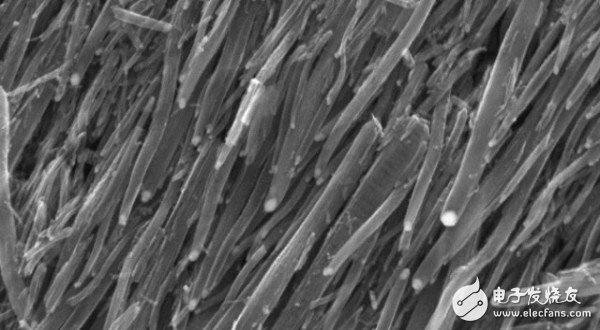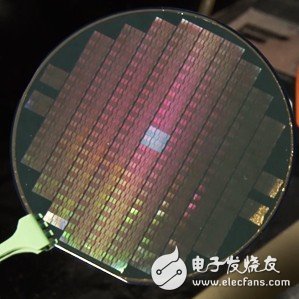Stanford University released the first computer chip made up of carbon nanotransistors. Silicon transistors will come to the end of the road sooner or later. The transistor is getting smaller and smaller, so that it cannot hold enough silicon atoms to demonstrate the properties of silicon. Carbon nanotubes (CNTs), silicon germanium (SiGe), and arsenide (GaAs) are all possible alternatives. Carbon fiber nanotubes have good conductivity, are small, and can be switched at an instant. It has electrical properties comparable to shoulder graphene, but it is much less difficult to make semiconductors. This is why in the short term, everyone is more optimistic about carbon nanotubes than graphene. To date, production purity remains a bottleneck in manufacturing. Carbon nanotubes have several different structural forms, which may be metallic properties or semiconductors; we still do not have the technology to make 100% pure CNT semiconductors. Researchers only want to get semiconductors because metal carbon nanotubes can cause transistor behavior to be abnormal or even burned. Carbon nanotubes tend to entangle, which can lead to unpredictable electrical behavior. Rather than forcing the fabrication of pure semiconductor CNTs to break through the south wall, it is better to force the carbon nanotubes to be neatly aligned. Researchers at Stanford University take it easy, they create a non-perfect CNT that is tolerant of errors. Unfortunately, we have not been able to get detailed information for the time being. It is speculated that they have the potential to increase system redundancy. The chip has 44 CNT transistors and is presented at the International Solid State Circuits Conference in San Francisco. The tolerance of carbon nanotransistors to errors has become its highlight. Because as the process progresses to the micro level, silicon-based transistors will be less tolerant of errors. If one day, the process progresses from today's 20 nanometers to 5 nanometers, how much space is there for everyone to make mistakes? (Causing the increase in scrap rate) The fault tolerance property of CNT is a good thing for the development of the chip, and there is no absolutely perfect material in the world. Ningbo Autrends International Trade Co.,Ltd. , https://www.vapee-cigarettes.com

June 04, 2024